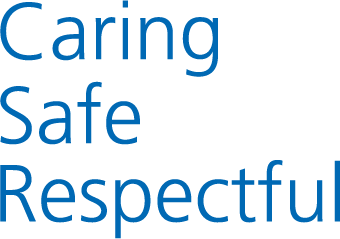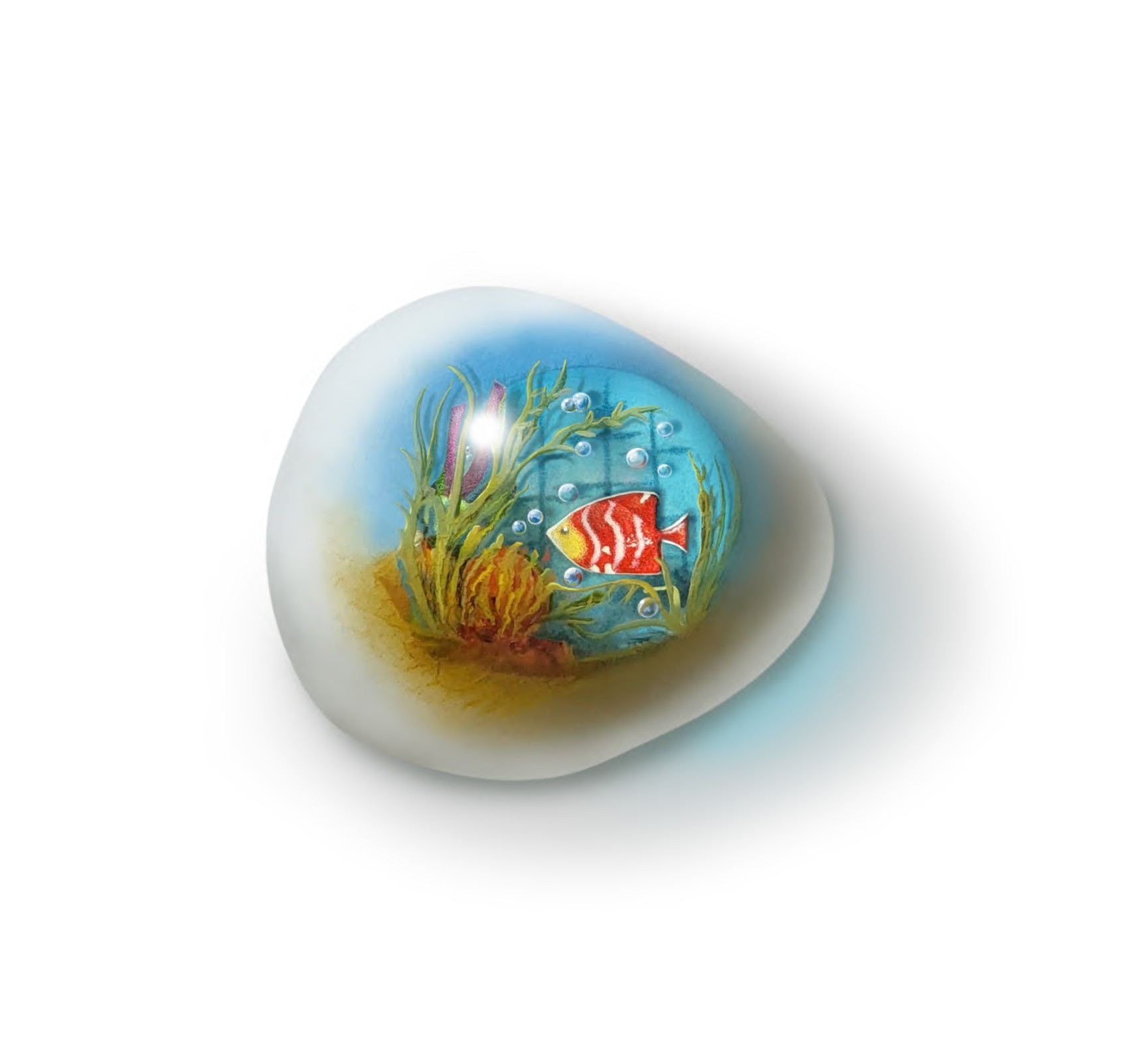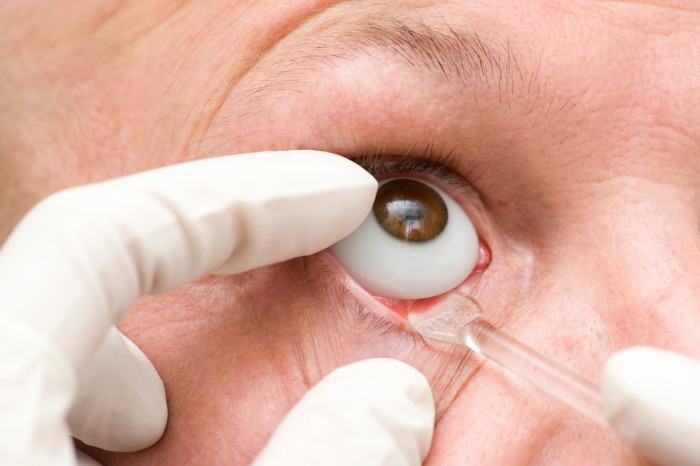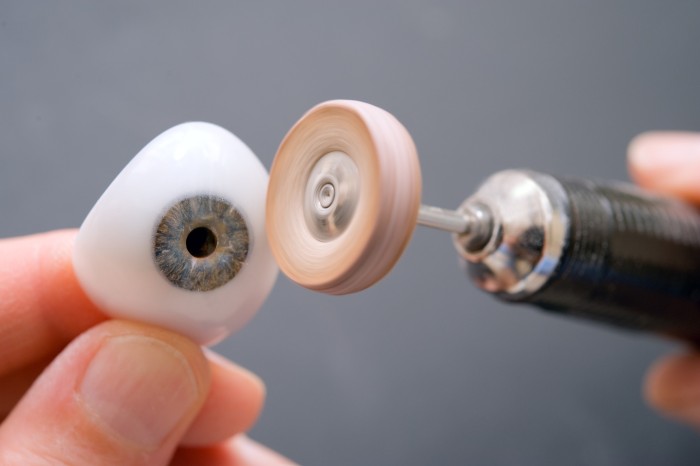Accidents happen but we can put practices into place to reduce the risk of damaging our eyes.
All eye safety wear must be appropriate for the hazard encountered and properly fitted. Surveys have shown that 94% of eye injuries occur from objects or chemicals going around or under the eye protection.
When undertaking DIY at home, screws, nails and hand tools can launch into the air and into your eyes. Power tools can also send wood chips or other substances flying into the air. If you are working in an area that has particles, flying objects or dust, or if you yourself are grinding, hammering, drilling or chiselling, you should, at least, wear safety glasses with side protection (side shields). If you are working with chemicals, you should wear goggles.
When cleaning the home, be careful not to direct spray bottles towards you and be aware of any breeze. Clean in well-ventilated areas. Make sure hands are washed thoroughly before touching the eyes or face. Read labels carefully and do not mix products.
In the garden, lawn mowers, trimmers and even shovels can throw dirt and debris into the air. Branches, twigs and thorns can also be dangerous.
Even celebrations can be dangerous, opening champagne or fizzy drink bottles should be done with care and bottles should never be pointed at others.
If, in a work environment, you are working near hazardous radiation (welding, lasers, or fibre optic) you must use special purpose safety glasses, goggles, face shields or helmets designed for that task.





